Snowman Secrets: The Chilling History From Michelangelo to Massacres
Since 1818, Zurich, Switzerland has celebrated the start of Spring by blowing up a snowman.
The Swiss stuff their cotton Böögg (bogeyman) with firecrackers parade him through the city streets to the town center where he is torched on a plinth. The quicker his head explodes, the finer the coming summer weather will be, according to folklore.

In 2006, The Böögg was abducted by leftist revolutionaries but reappeared at the Swiss Labor Day festivities in May. He once fell into Lake Zurich, and in In 1921, a young lad - allegedly incited by communists - set him alight at 1:30 pm instead of the 6 pm ringing of the bells ceremony, leaving weather forecasters in despair.
"The brand new social experience where you activate your gaming skills as you train like a spy."
- TimeOut
Take on thrilling, high-energy espionage challenges across different game zones.

The Böögg and Frosty aren’t the world’s only famous snow influencers, of course.
The hunt for the Abominable Snowman goes back to ancient folklore of the Himalaya people and 320 B.C. The Yeti, as he’s also known, is said to be a mysterious creature living in the mountains of Asia where he sometimes leaves large tracks in the snow. Unlike the white snow sculptures of today, the Abominable Snowman is said to be covered with dark grayish or reddish-brown hair - although his existence has never been proven.
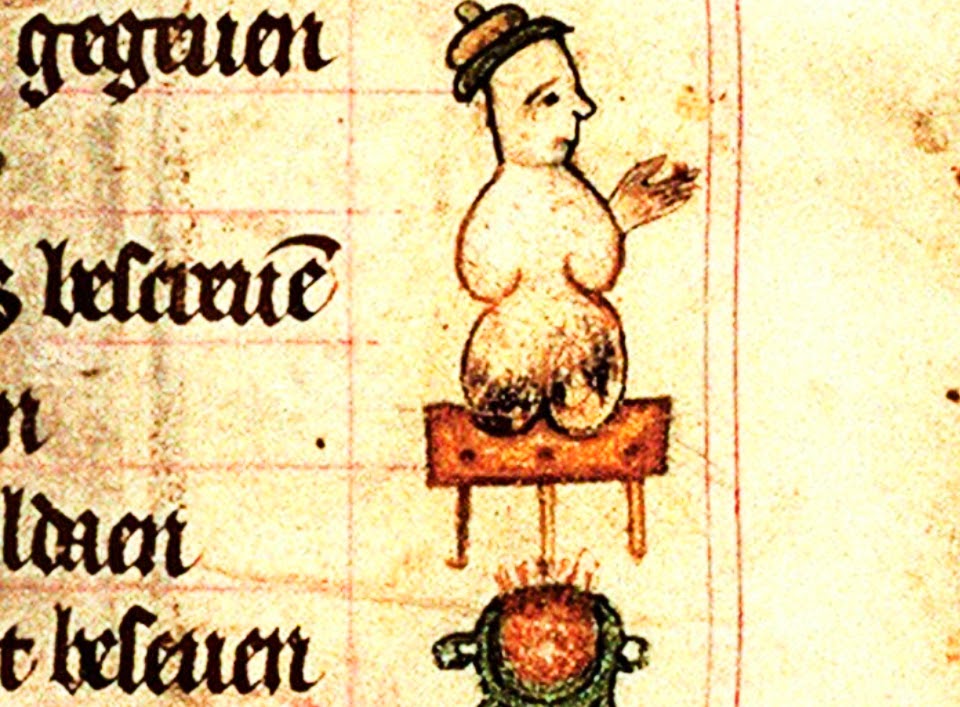
Snowmen and snow sculptures have been documented since the Middle Ages with the earliest known illustration from 1380. Bob Eckstein, author of The Illustrated History of the Snowman, believes the illustrated snowman in The Book of Hours is wearing a hat may indicate his religious leanings.
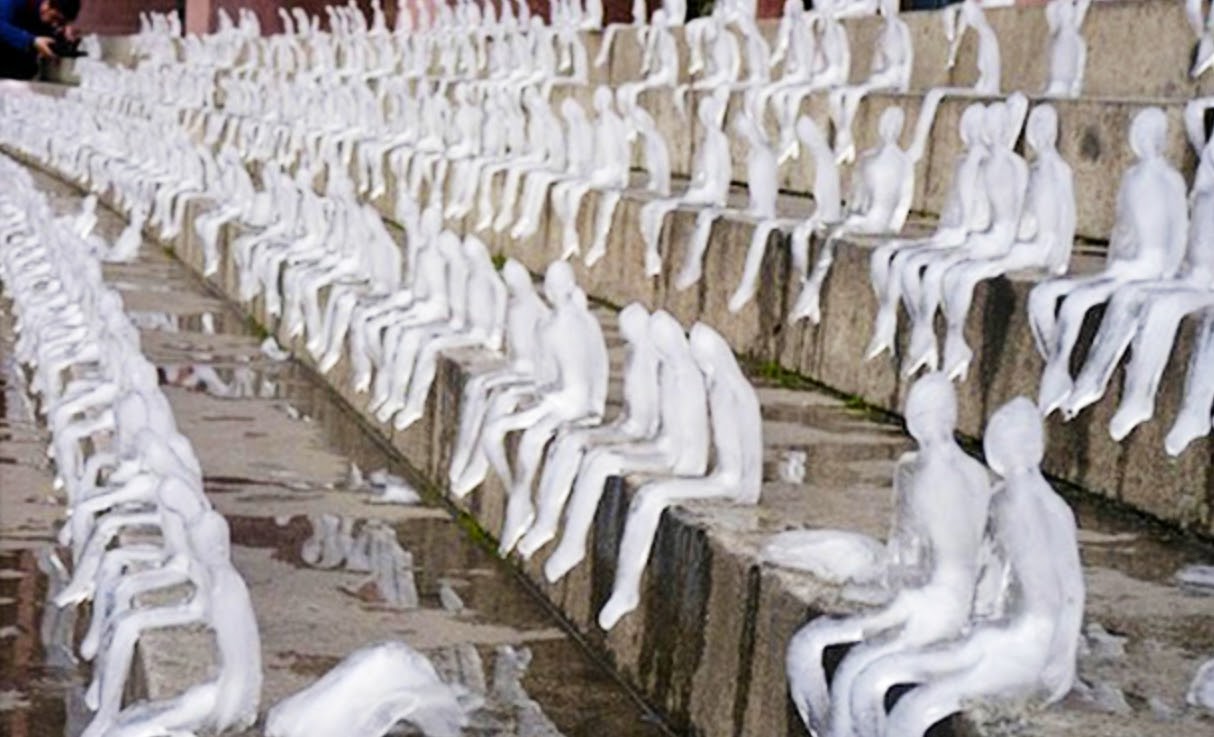
We’ll never know the beauty of Michelangelo’s snow sculpture. Art historian Giorgio Vasari said Piero de' Medici, de facto ruler of Florence, Italy from 1464 to 1469, ordered Michelangelo to create a snow statue in de’ Medici’s courtyard 'which was very beautiful'. Sadly, it melted more than 500 years ago.
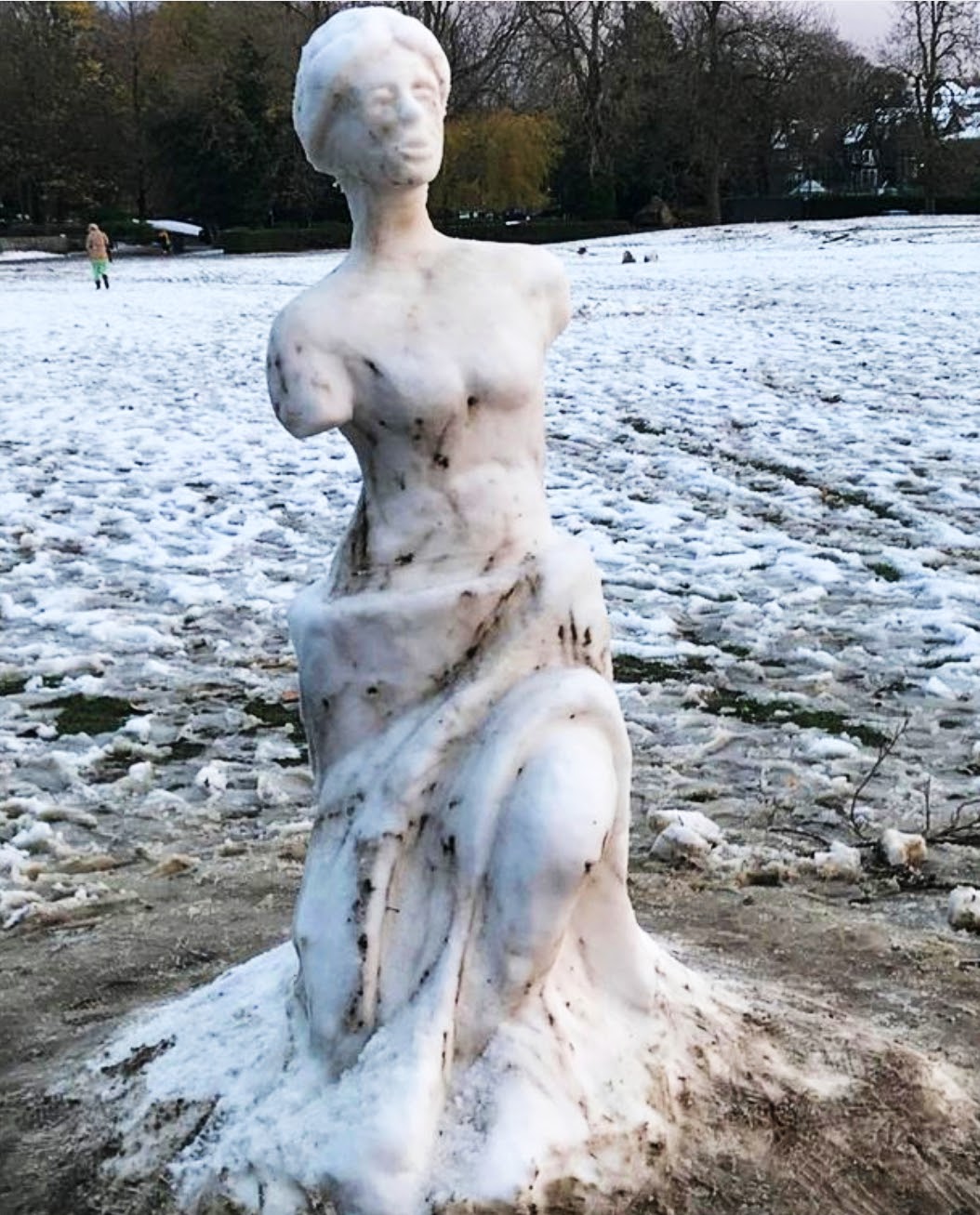
Little else is known about Michelangelo’s snow sculpture, although some artists have made an educated guess.
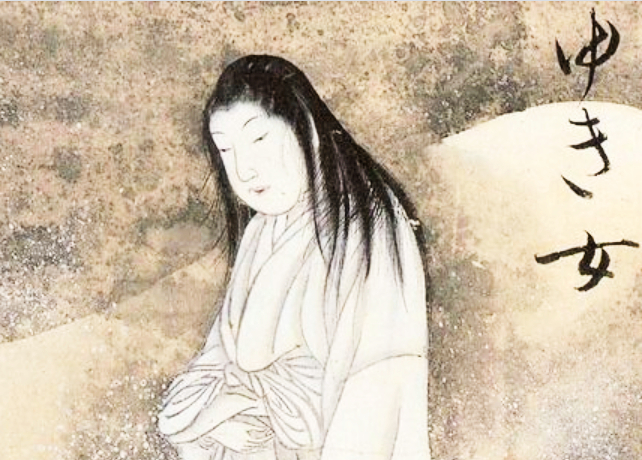
Yuki-onna - literally the ‘snow woman’ - is the well-known spirit of Japanese folklore who displays the characteristics of snow - beauty on one side and danger on the other.

The Japanese snowman, the Yukidaruma, is generally made from only two snowballs as it is modeled after Bodhidharma, a sitting Japanese monk in the 5th or 6th century, credited as the transmitter of Buddhism to China.
The Belgians took snow sculpture to another level in 1511 when they used randy snowmen as a sign of protest. Belgians built 110 satirical snowmen during Brussels’ six-week Miracle of 1511. Many were R-rated and the snow mermaids - including naughty nuns - weren’t fit for prime time either. Some appeared in front of the palatial home of Holy Roman Emperor Charles V to protest his absence while many in Brussels suffered through a bitter winter marked by death.

Snowmen were also silent witnesses to the 1690 Schenectady massacre in New York state. According to the legend, more than 200 French Canadian soldiers and Indians from Montreal arrived in a blizzard to find the north gate of the village open, with no sentinels other than a pair of snowmen. They killed 60 people in retaliation for the Lachine massacre, an attack by Iroquois forces on a village in New France.

In 1870, a group of French soldiers involved in the Siege of Paris and the Franco-Prussian War crafted a colossal snow sculpture La Résistance.
The Seventh Company of the Nineteenth Battalion included sculptor Alexandre Falguière who was angst-ridden that his hometown was attacked. He channeled his grief into making the infamous sculpture which was a rallying cry and a symbol of resistance, writes Eckstein.
Der Schneemann is a 1944 animated propaganda film about a snowman who wants to live until July to see the summer. The author of Animation Under the Swastika said the film was meant to help Hitler and propaganda minister Joseph Goebbels’ build a German animation industry to rival Walt Disney. Der Schneemann supposedly contains subliminal, anti-Nazi messages, a protest by some on the team who didn’t support Hitler.
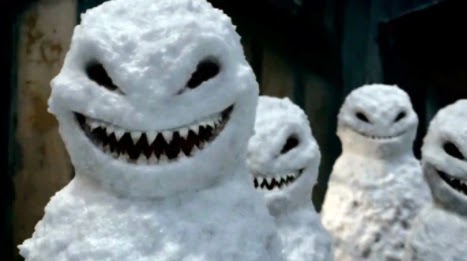
Snowmen have had their ‘white trash’ moments too, starring in a series of slasher films like direct-to-video cult movie Jack Frost (1997). Michael J. Fox’s The Frighteners earned one star from film critic Roger Ebert and is another firm fan favorite.
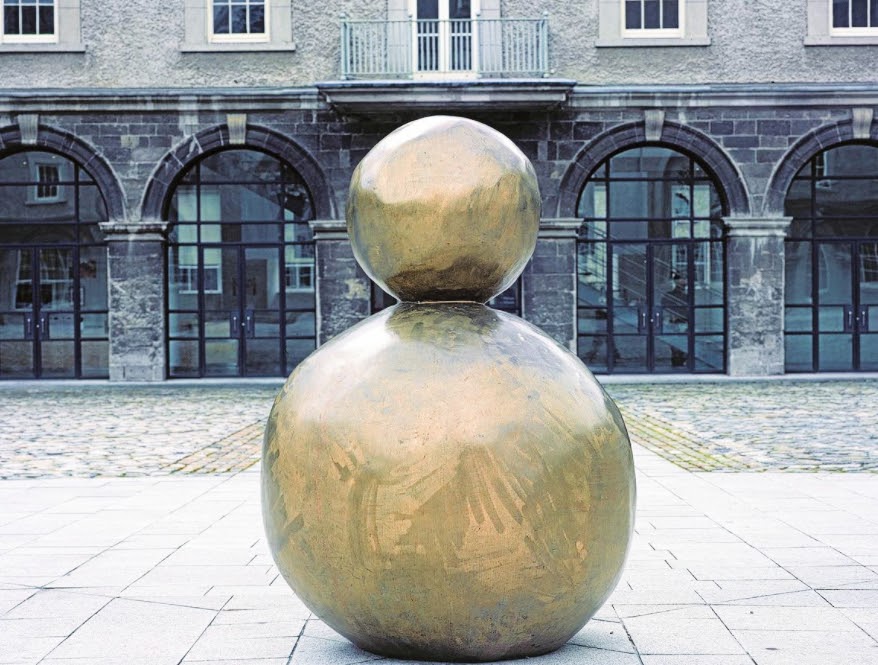
SPYSCAPE’s flurry of snowman history ends with a drift into Dublin, Ireland, where the snowman is an art form.
Artist Gary Hume explores iconic images and shapes. In Back of Snowman, he plays with memories associated with youth and childhood using clay and bronze casting to juxtapose connotations of permanence with the instability of snow.
SPYSCAPE+

Join now to get True Spies episodes early and ad-free every week, plus subscriber-only Debriefs and Q&As to bring you closer to your favorite spies and stories from the show. You’ll also get our exclusive series The Razumov Files and The Great James Bond Car Robbery!


Gadgets & Gifts
Explore a world of secrets together. Navigate through interactive exhibits and missions to discover your spy roles.
Your Spy Skills
We all have valuable spy skills - your mission is to discover yours. See if you have what it takes to be a secret agent, with our authentic spy skills evaluation* developed by a former Head of Training at British Intelligence. It's FREE so share & compare with friends now!
* Find more information about the scientific methods behind the evaluation here.


Stay Connected
Follow us for the latest
TIKTOK
INSTAGRAM
X
FACEBOOK
YOUTUBE